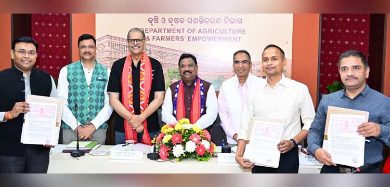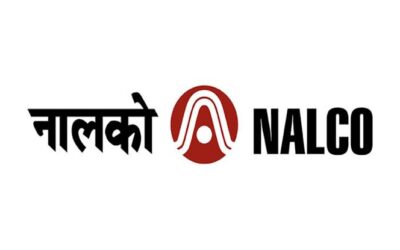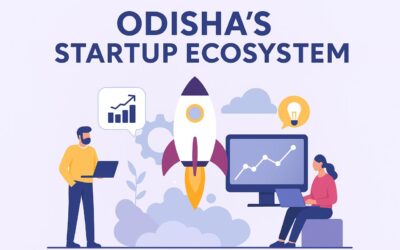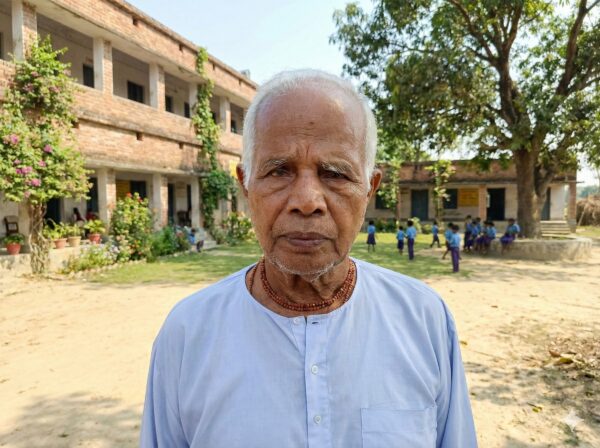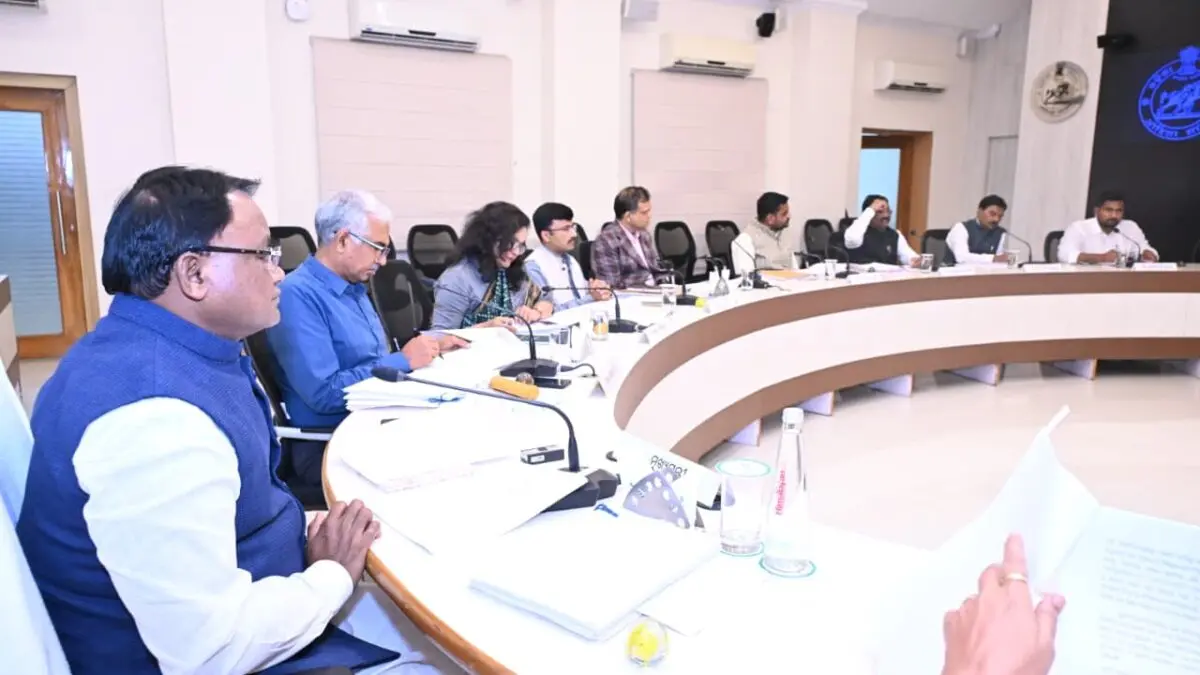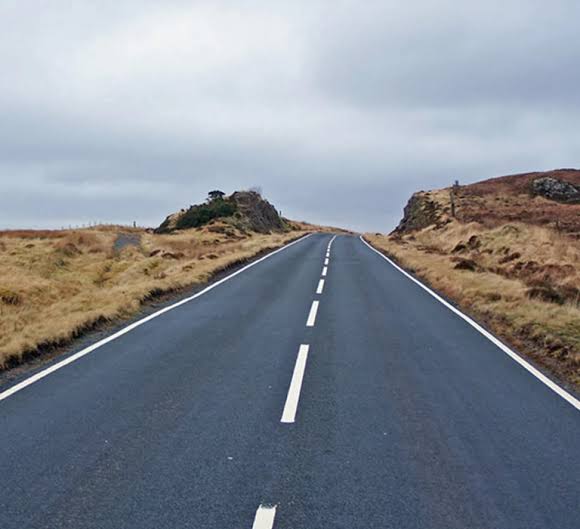Odisha Launches First-Ever Water Resources Census
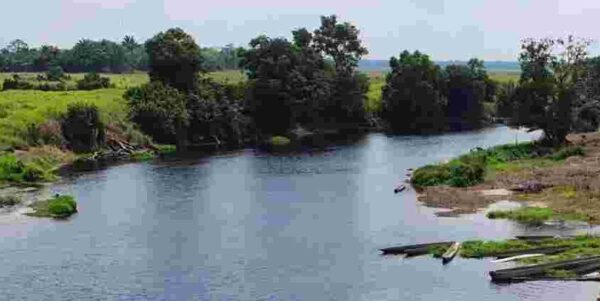
State-wide initiative aims to create a dynamic water asset database for data-driven governance
In a landmark move to bolster sustainable water governance, Odisha has initiated its first-ever comprehensive water resources census. The ambitious state-wide project, led by the Ministry of Jal Shakti’s Department of Water Resources, River Development and Ganga Rejuvenation, marks a critical step in systematically mapping and monitoring Odisha’s diverse water assets for the first time.
The census is being carried out in close coordination with the state’s Planning and Convergence Department and other allied departments. It represents a convergent and data-centric approach to understanding the full extent of Odisha’s water infrastructure and natural resources. According to officials, this is the most extensive and integrated effort of its kind to date, aimed at creating a dynamic, village-to-state-level database that will inform policy and planning across key sectors.
The census encompasses four major components: the first-ever census of major and medium irrigation projects, the inaugural census of natural springs, the second census of water bodies, and the seventh census of minor irrigation schemes. Data is being collected using a technology-driven methodology, including Computer Assisted Personal Interviews (CAPI) and a purpose-built web application to ensure precision, speed, and accuracy.
Development Commissioner-cum-Additional Chief Secretary Anu Garg recently conducted a detailed review of the project’s progress. The session brought together top officials from departments such as Water Resources, Panchayati Raj and Drinking Water, Electronics & IT, Economics and Statistics, and the Odisha Lift Irrigation Corporation. Representatives from both the Central and State Ground Water Boards also participated.
Garg emphasized the transformative potential of this exercise, calling it “a vital investment in Odisha’s future.” She stressed the importance of inter-departmental collaboration and local-level coordination, particularly between engineers and planning officials, to achieve comprehensive coverage and high-quality data.
“The water census will form the foundation of long-term, evidence-based planning in irrigation, drinking water, fisheries, industry, and livestock,” she said. “It is not merely a data collection exercise, but a strategic initiative to ensure sustainability in the face of growing water demand and climate challenges.”
Officials involved underscored that the initiative bridges a critical gap between data producers and end-users, ensuring that the information gathered is both actionable and relevant. The outcome is expected to support transparent governance, improve service delivery, and inform future infrastructure development.
By establishing a consolidated and dynamic database of water resources, Odisha is positioning itself at the forefront of integrated water management and setting a precedent for other states to follow.

